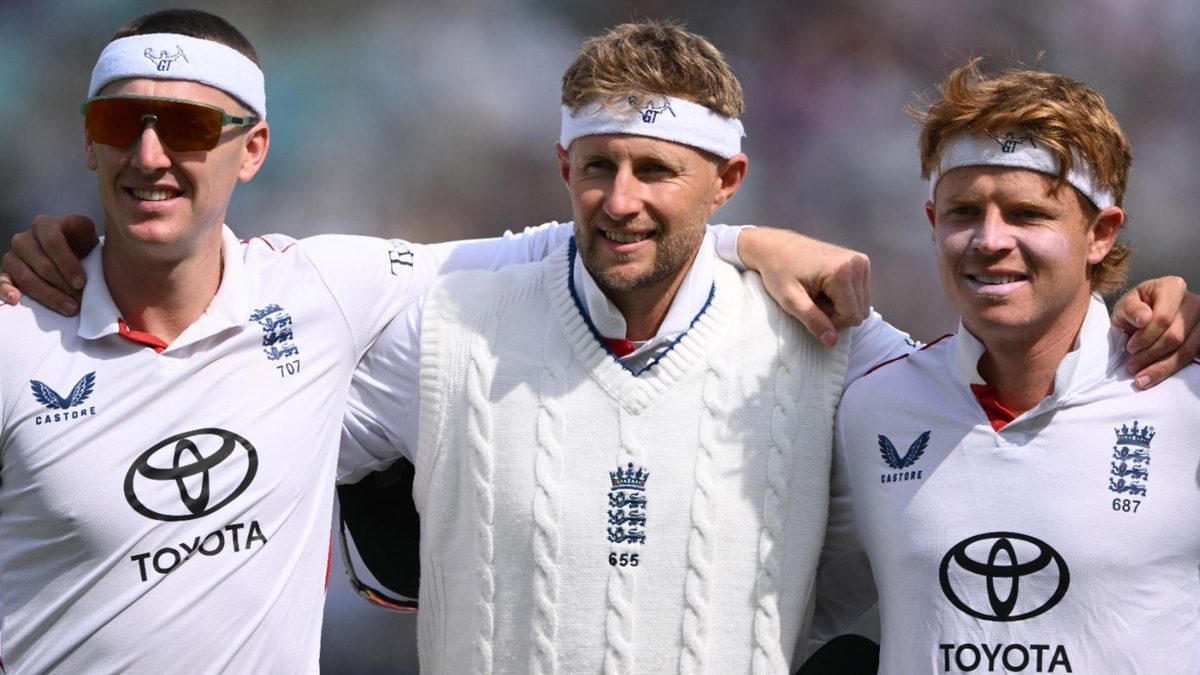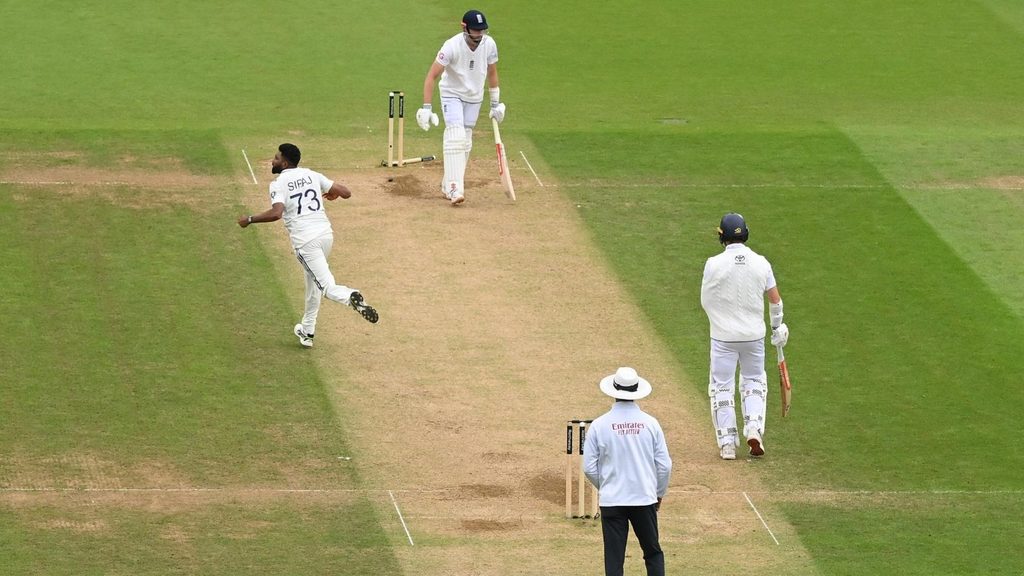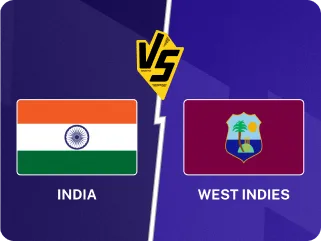
With England's Test summer now complete after the thrilling finish to the Anderson-Tendulkar Trophy, Yas Rana assesses how the side are shaping up for their ultimate test, the Ashes.
Sometimes you know you’re witnessing history while it’s playing out in front of you. The intoxicating final morning at the Kia Oval falls firmly into that category. The best part of 28,000 fans sat down in anticipation ahead of that first ball, a fitting audience for the series’ almost gladiatorial finish.
It was one of the most thrilling hours of cricket I’ve had the privilege of witnessing. Every ball was a genuine event and the acknowledgement of what was at stake was tangibly visible wherever you looked. At times in sport the protagonists in the middle are able to shut out the noise around them, compete as if in isolation from consequence. This was not one of those days. There were nerves everywhere. From Jamie Overton’s tentative prod second ball to Jamie Smith’s footwork, as indecisive on the fifth morning as it was on the fourth evening, to the usually brilliant Ahsan Raza raising his finger to a delivery that would have sailed handsomely high and wide of Josh Tongue’s leg stump.
The situation was screaming out for someone to grab the moment by the scruff of the neck and make it theirs. Unsurprisingly, Mohammed Siraj, not someone especially shy of the spotlight, was the man who bent the morning to his will. Charging in from the Pavilion End, he was a sight to behold. Summoning energy reserves seemingly unavailable to anyone else, he sealed India’s series-levelling victory with a yorker that was his fifth-fastest delivery of the series. It was his 276th ball of the Test and his 1,110th delivery of the series.
After Siraj uprooted Atkinson’s off stump, he wheeled away in a surprisingly restrained celebration. Trotting away to his left, he pointed to the ground as if to say, ‘This is my turf, this is my moment’ – no one can deny him it. Stood at the other end was a man at the other end of the emotional spectrum. Chris Woakes, with his left arm in a sling, stood there gutted. Two men, separated by just a handful of yards, one basking in the glow that comes with a career-defining moment, the other perhaps wondering if that is it for his international career. It was Test cricket in its most cruel and most visceral form.

What to make of the series more generally? Comparisons to 2005 are a touch overblown. The Oval Test aside, it was often a series that was better to follow than to watch. From England’s perspective, should failure to beat a young India side in transition read as exactly that, failure? There were certainly moments where great sides would have been less likely to fold; for instance, grittier teams wouldn’t have lost the Edgbaston Test having been given 106 overs to bat out for the draw on a pitch lacking in life. Similarly, the collapse at the Oval, from 301-3 to 367 all out, as brilliant as Siraj and Krishna were, exposed an underlying brittleness that exists, especially when Stokes is unavailable.
That said, there is a decent argument to be made that despite a final scoreline that clearly rankled the likes of Brook, Stokes and McCullum in the aftermath of the Oval defeat, that England have actually made good progress moving into the winter. What is surely now England’s first choice seam attack – Atkinson, Archer and Wood – played just three Tests between them this series. That level of unavailability is a huge deal. In Tongue and Carse, they have a pair of extremely handy quicks to have in reserve. Stokes’ fitness remains one of the great unknowns, but this was the best the England skipper has bowled for the best part of a decade.
They will need to show greater tactical flexibility than they showed at the Oval where conditions were crying out for a seamer in the mould of Sam Cook or Matt Potts. Potts’ recent exclusion from squads is particularly curious given not only his decent record under Stokes, but his durability – an attribute lacking among England’s current stock of seamers. Factor in Australia’s unsettled top three and you can see how England’s seam attack will pose a threat.
England’s own top seven, meanwhile, is as settled as it has been in more than a decade. Zak Crawley might not always make sense as a Test match opener, but his partnership with Ben Duckett does. With their extreme height difference, there is wide acknowledgment that, as a pair, they are better than the sum of their parts. Ollie Pope will start the series and while there are reasonable doubts over his ability against the very best opposition, his average of 41 at three, especially in the context of other sides’ difficulty in filling that position, should carry weight. They will be examined like never before in Australia, but it at least feels like they’ve done the requisite prep.
How you view this England side is likely a reflection of how you view sport more generally. It is undeniable that this group have produced more thrilling, edge-of-your-seat Test cricket than any other previous England team. It is also undeniable that they are yet to beat either of India or Australia, or yet qualify for a World Test Championship. How they fare Down Under will go a long way to defining how this era of English cricket will be reflected on. Despite narrowly missing an opportunity for a statement win on their own shores against India, they are reasonably placed to launch the first sustained campaign to retrieve the urn Down Under in 14 years.
Follow Wisden for all cricket updates, including live scores, match stats, quizzes and more. Stay up to date with the latest cricket news, player updates, team standings, match highlights, video analysis and live match odds.








